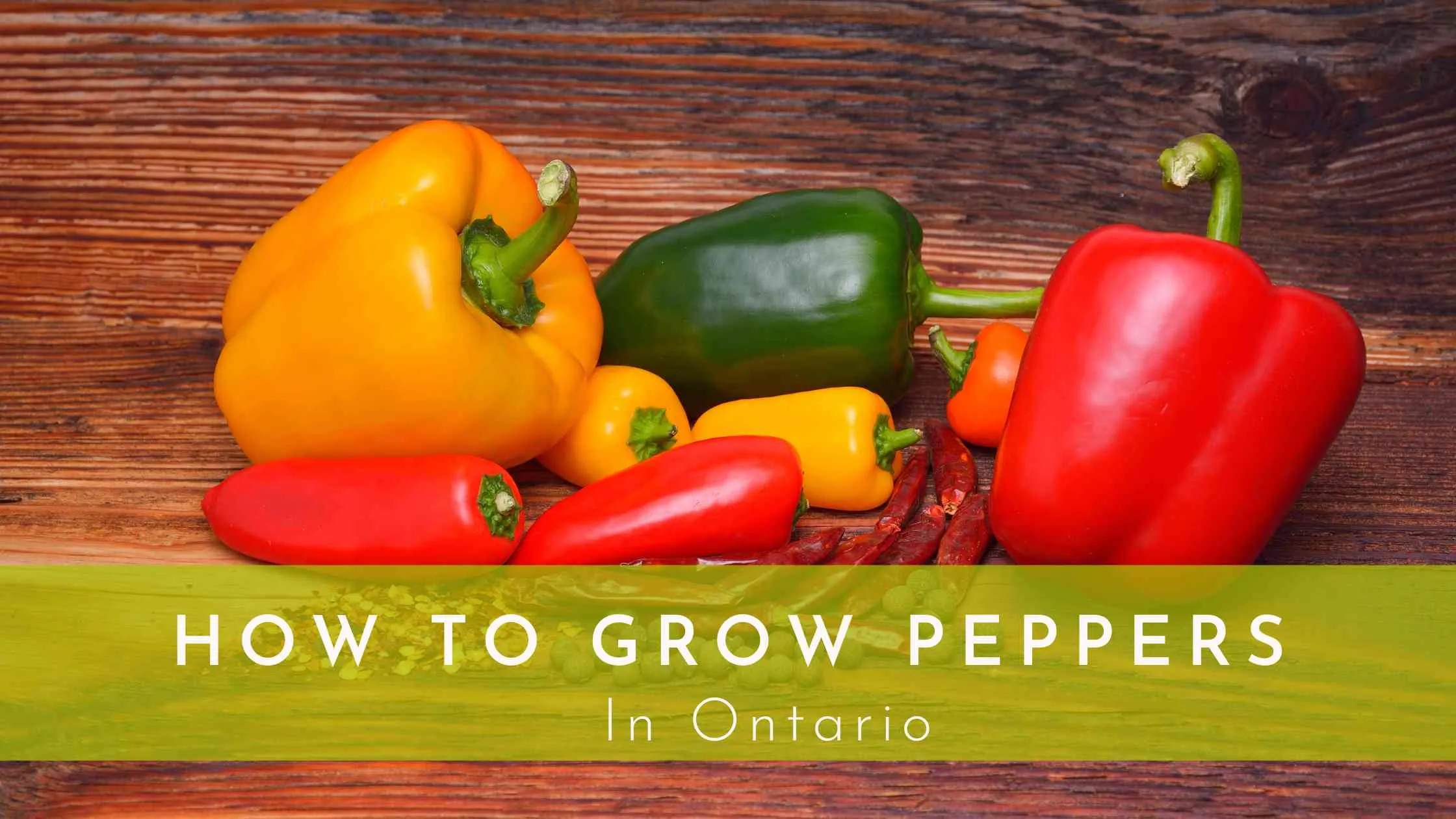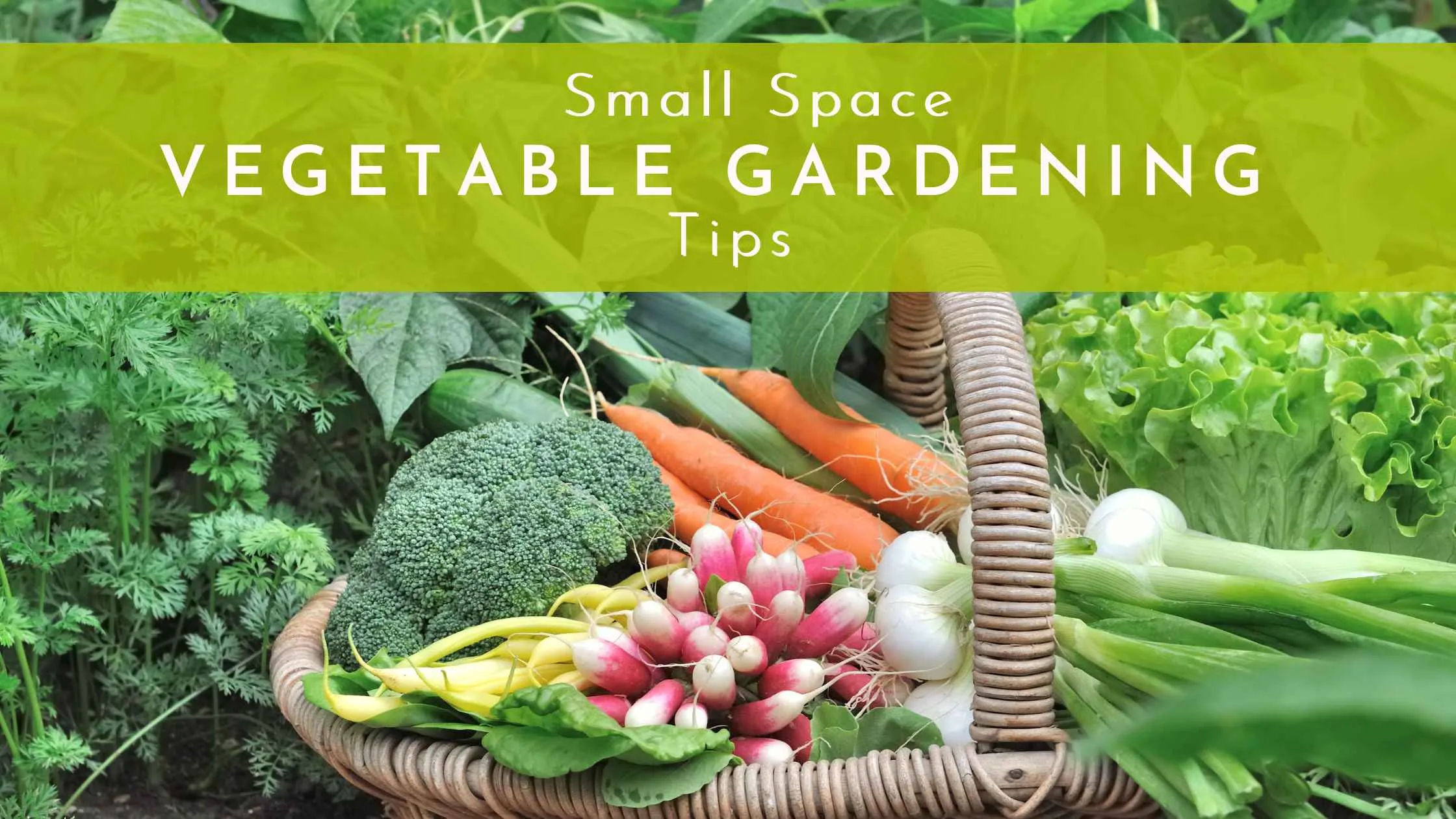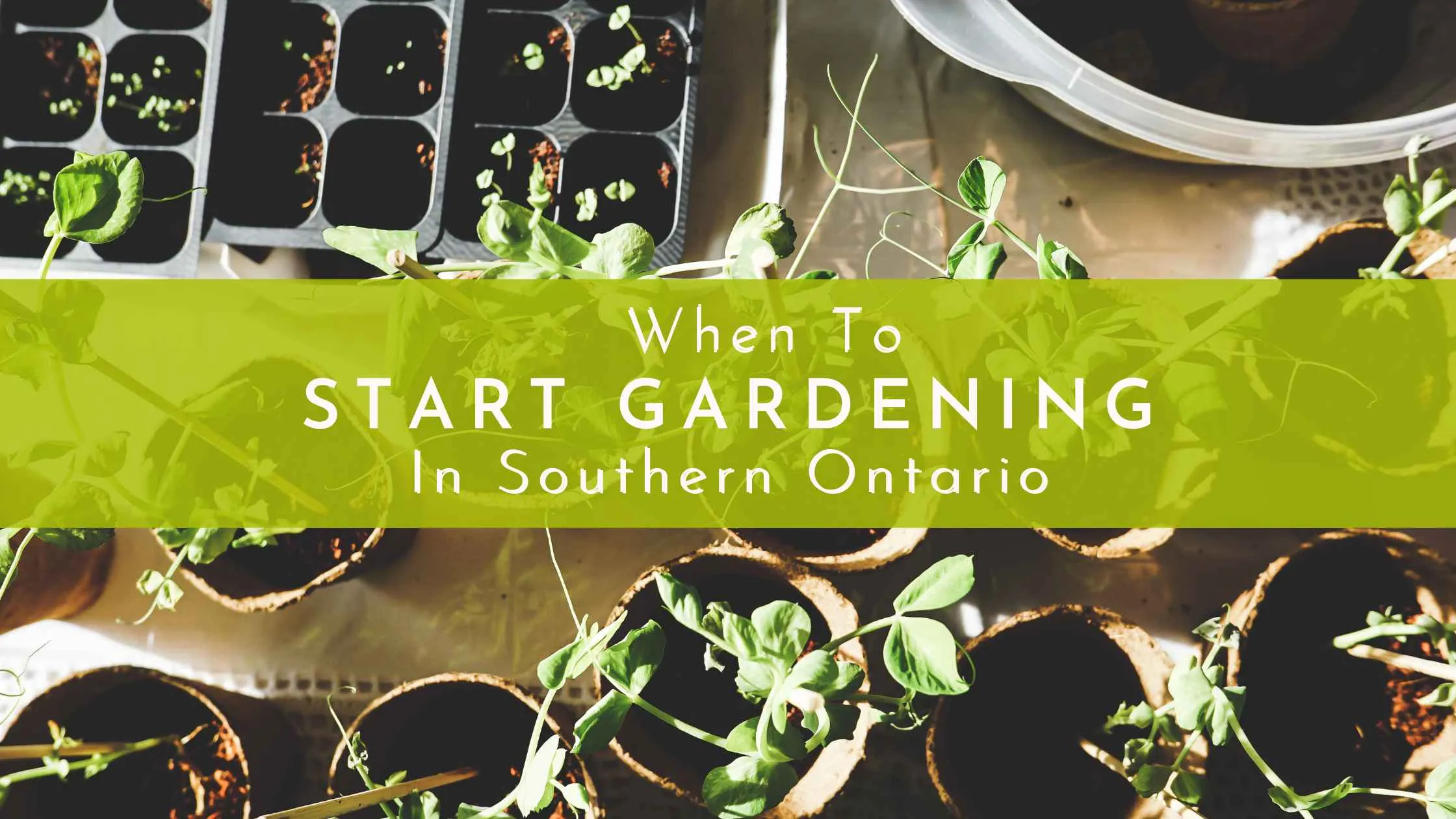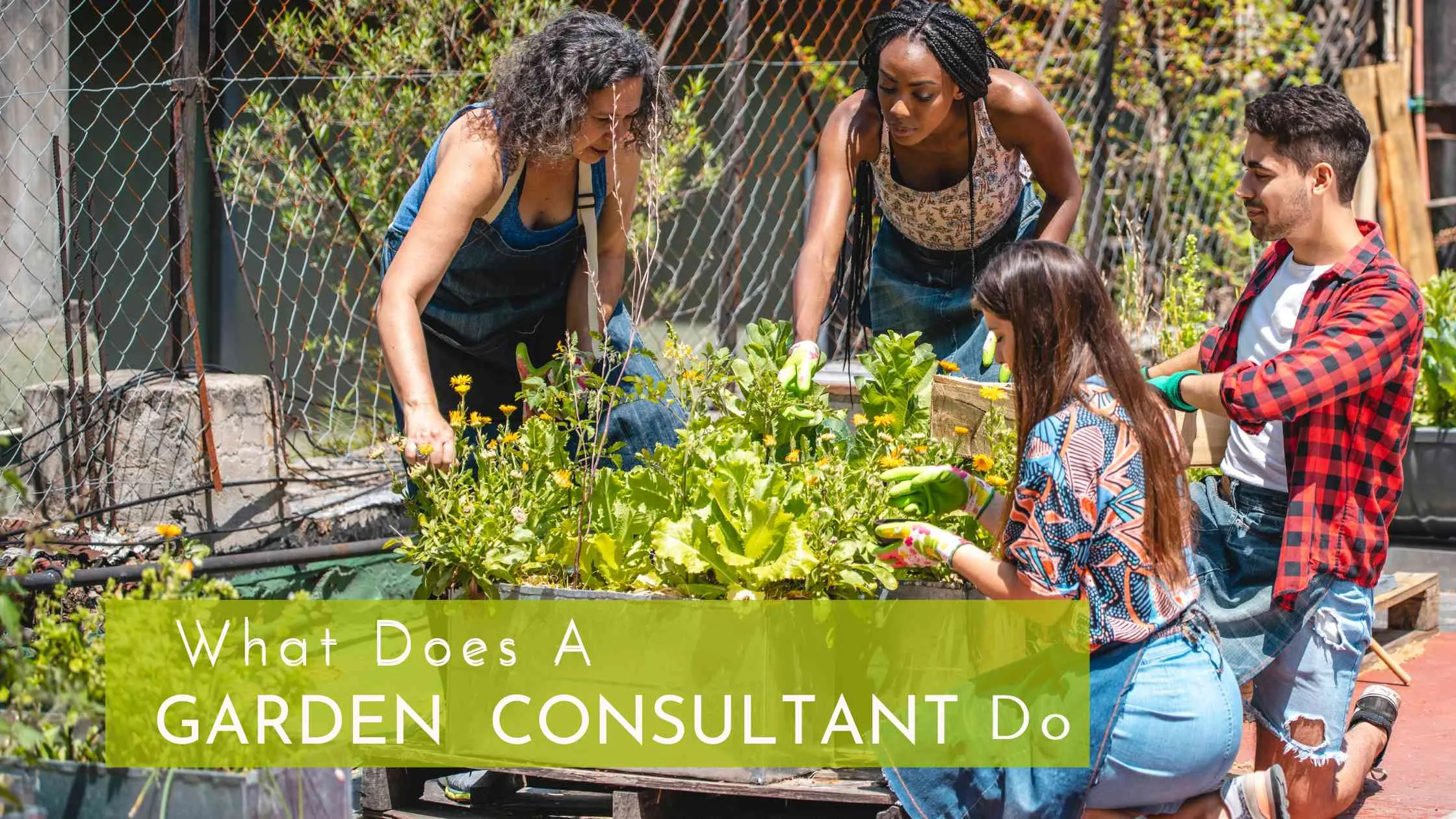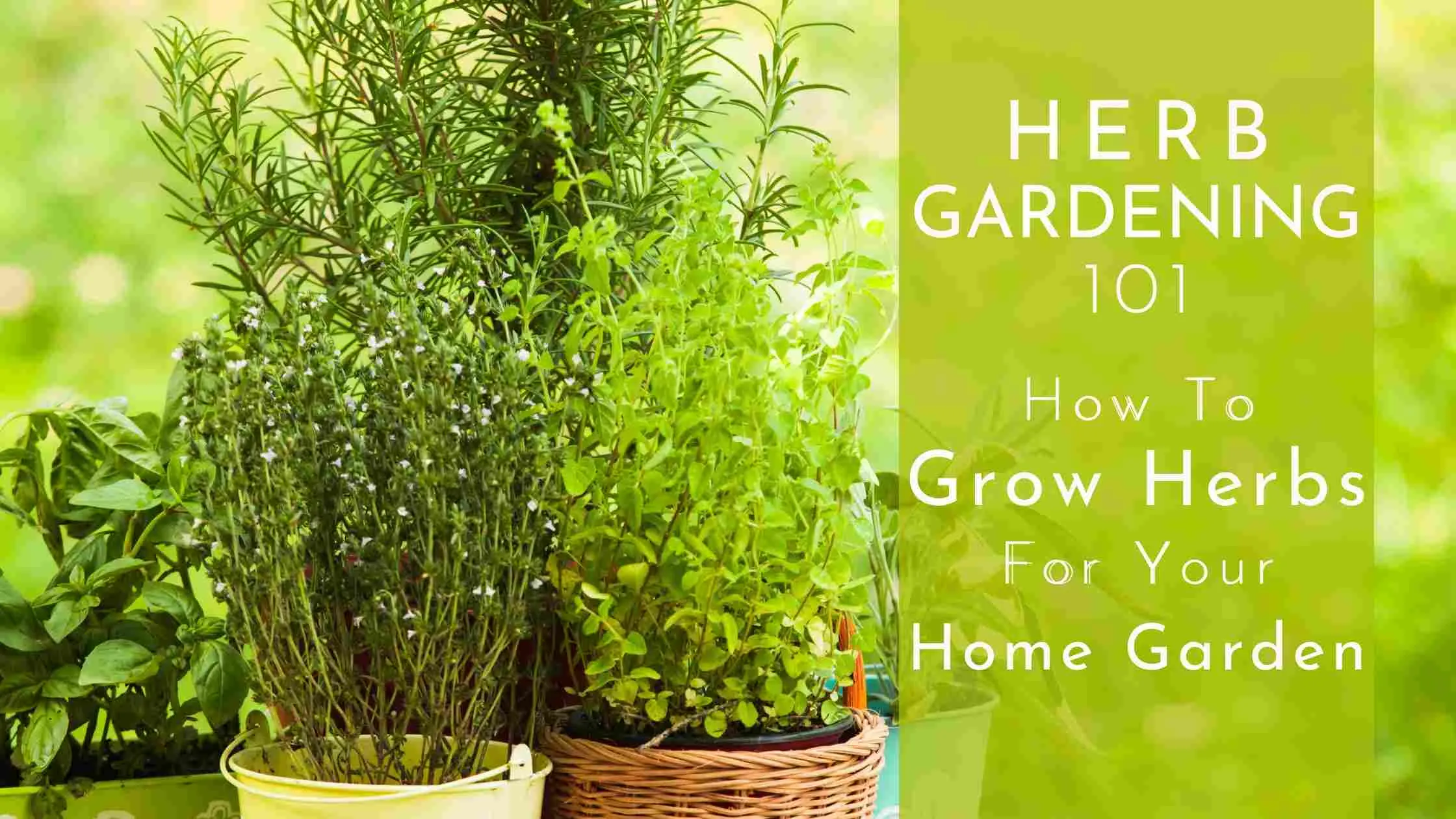Why Grow Your Vegetables In Raised Garden Beds
Growing a vegetable garden can be tough especially if you have a small yard. If you are looking for an easy solution to grow your vegetables in a small space then consider raised garden beds.
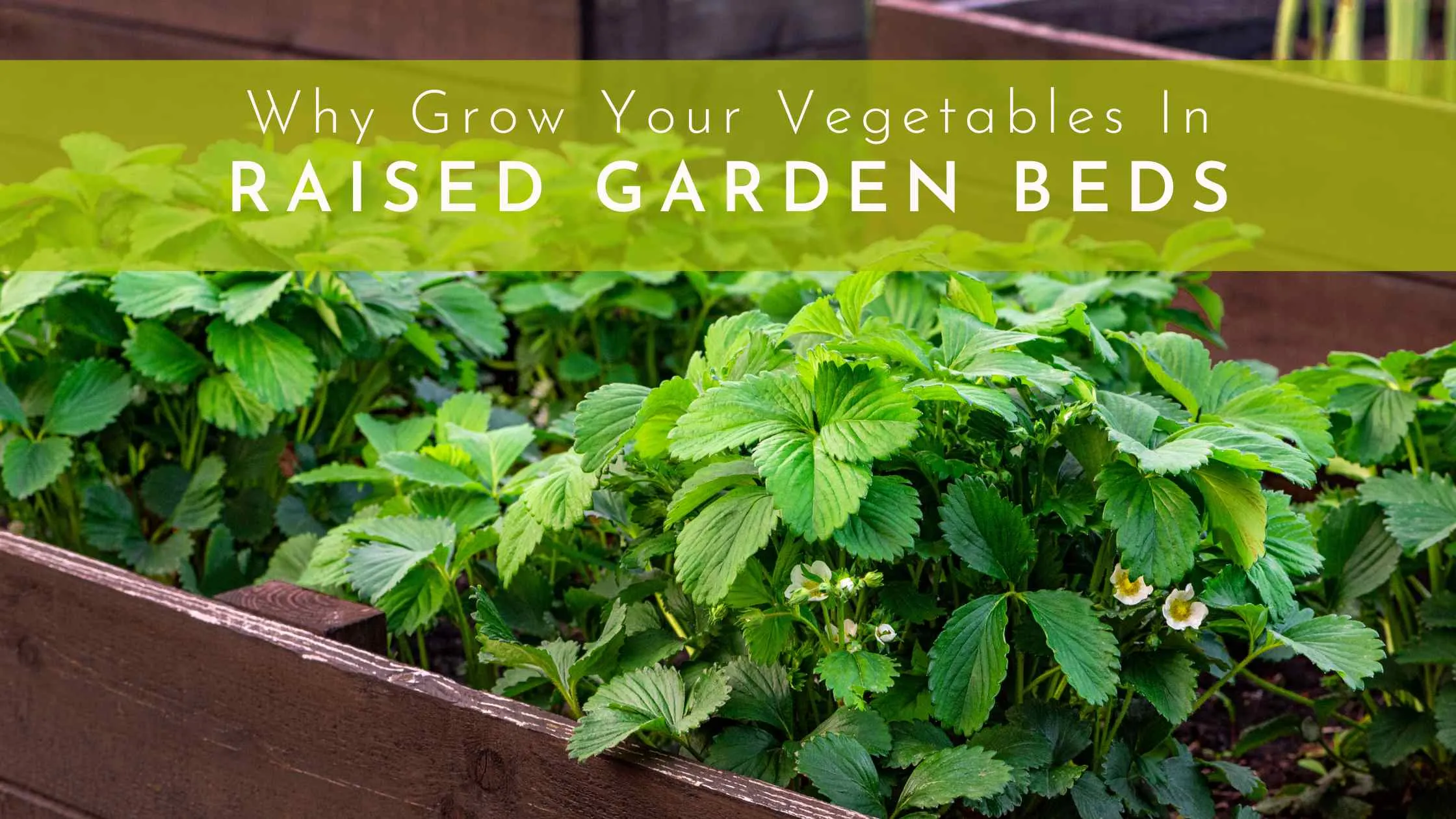
A raised garden bed is a large container-type garden bed that is built in the most favorable position to cope with all of your garden challenges. Raised garden beds are easy to build and maintain.
Filled with nutrient-rich soil these types of beds are ideal for growing crops in a small area. With all such advantages, raised beds also give a fancy touch to your yard.
The following are some of the excellent reasons to choose a raised garden bed for growing your vegetables. After knowing its benefits, you will never go back to traditional gardening methods.
Why Grow Your Veggies In Raised Garden Beds
Raised garden beds are considered the best home for vegetables. It is the top choice of every gardener for growing veggies.
Here are 10 reasons why you need a raised garden bed for growing your vegetables at home:
1. Easier Garden Maintenance - You Back Will Thank You
If you are a regular gardener, you might know how much your knees and back have to pay after weeding the garden. But with a raised garden bed, you can weed more comfortably with less bending.
2. No Tilling Of The Soil Is Required
Raised garden beds are known for making gardening easier. You add a combination of fertilizers, compost, and amendments to the top of the soil in the raised beds and the soil does the work for you – soaking the nutrients in that your plants will love.
In this way, your crops also develop a strong soil structure that usually gets damaged through interaction with human hands while tilling.
3. Better Soil Drainage
Raised garden beds are most suitable in marshy yards or flood areas where you cannot enjoy a full growing season. The minimum recommended depth for a raised bed is 11", though for some smaller crops, you can get away with 6”. This is enough drainage for most crops and also gives plants full room for breathing.
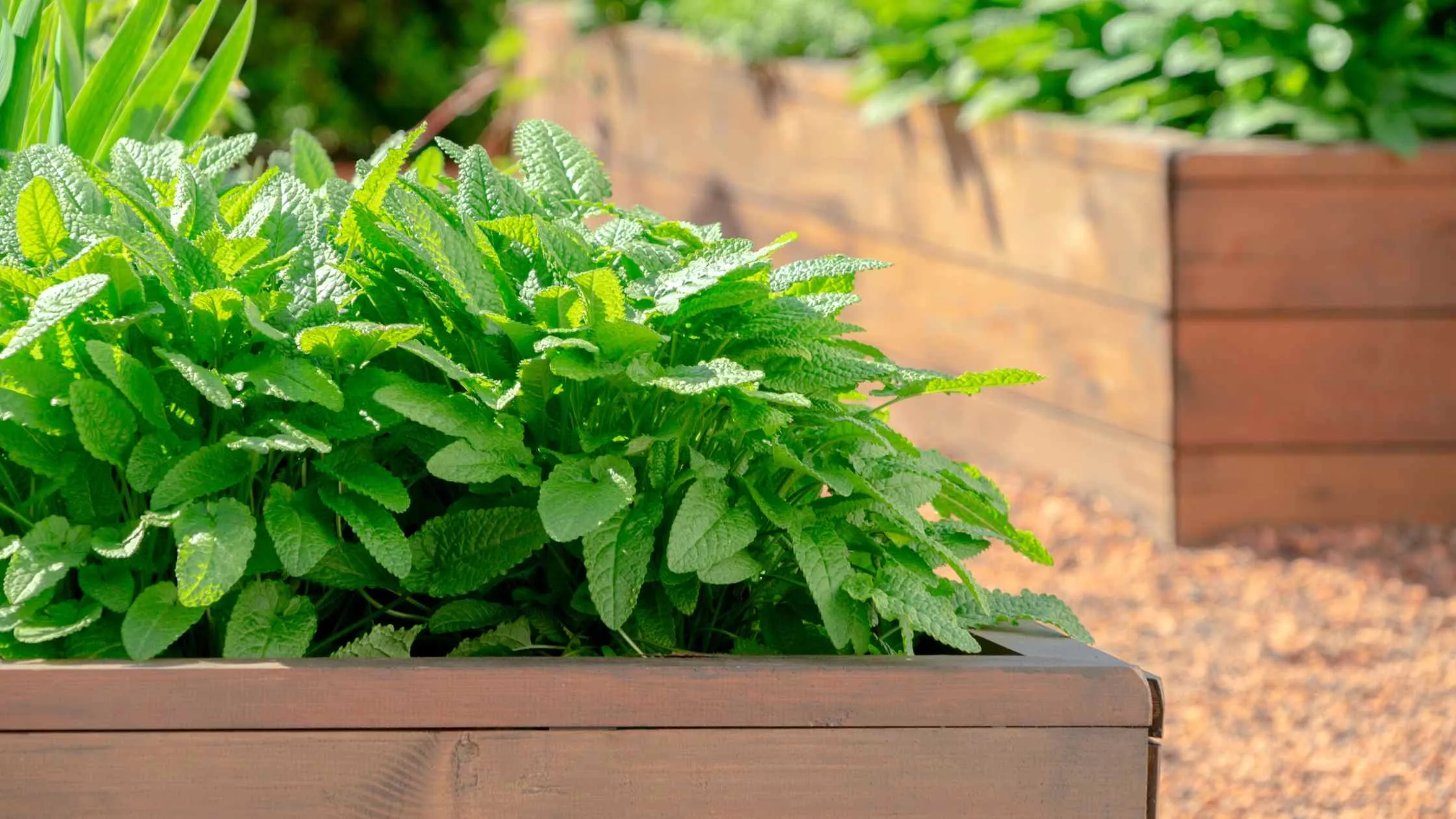
4. Raised Beds Look Aesthetically Pleasing
As mentioned above, a raised bed garden gives your yard a different and fancy look. Another good point is that the raised bed makes it easier to maintain the pathway as it separates the beds and the main path.
5. Protects Your Plants From Animals And Other Critters
In-ground vegetables are at risk of damage by animals and critters. But the tall sides of the raised garden keep the slugs and other animals and critters away.
Some borrowing critters like groundhogs can crawl under the beds to your root crops. But you can install a hardware cloth on the bottom of your box for better protection.
6. Keep Weeds And Grass From Spreading In Your Garden
Tilling can add more weeds to your garden. Therefore, you should cover the base of your raised beds with mulch, cardboard, or black plastic in the spring season to kill all winter-growing plants. In this way, you simply rake off the dead weeds on planting/setup day.
7. More Garden Space
Having more space between the rows means you can grow more plants. Raised garden beds are best for growing a diversity of small-sized vegetables and flowers as it provides a huge space to grow multiple crops in a small area.
Raised beds provide more depth for the soil where you can easily grow a large variety of produce in a small space. On average, you can easily grow between 6-12 small different types of veggies in the raised bed.
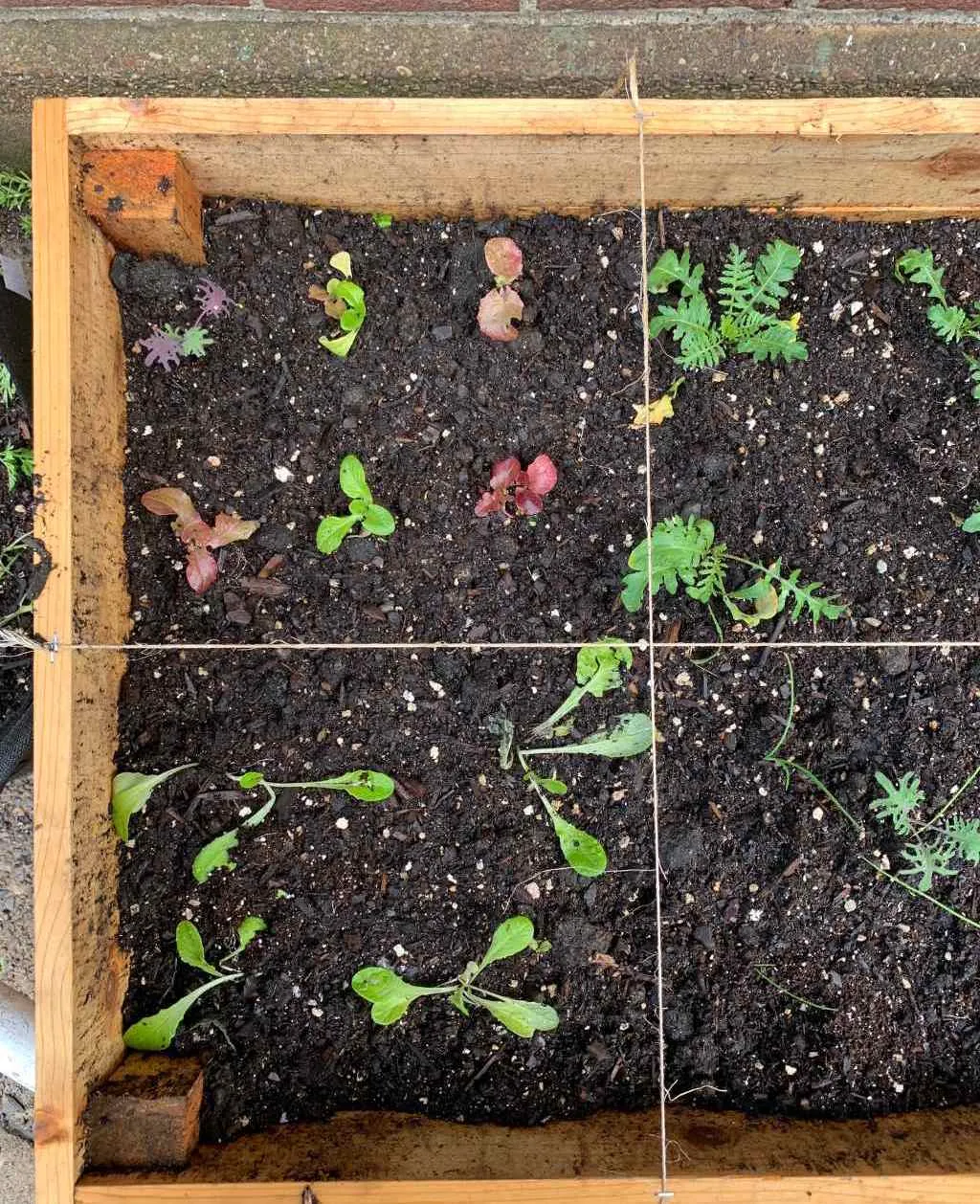
8. Extend The Growing Season – Start Earlier, Finish Later
As mentioned earlier, raised garden beds provide better conditions for soil drainage and this is how it creates the opportunity to enjoy an earlier planting.
The raised beds' soil dries faster in spring and warms quickly for planting. It is because of the organic components of soil that remain safe in the raised garden beds.
9. Better Soil Health Management
Especially in urban areas, the ground-level soil is at risk of being polluted with heavy metals such as lead. Some vegetables, especially roots, tomatoes, and greens absorb these metals from the contaminated soil. In this way, the produce gets contaminated and toxic. To prevent this condition and keep your soil healthy and toxic-free, raised beds are the better option.
10. Great For Beginner Gardeners
Raised beds are great for beginner gardeners. No need for the "row crows" method, no need for till, fertile, weed, seed, and no more jumbles! Things are quite easy with raised beds. You just need a box, soil, compost, seeds, and water and you can grow anything.
Planning Your Raised Garden Bed
You can’t deny the amazing benefits of raised beds!
Here we have some tips that everyone should know before preparing a successful raised garden bed.

1. Select A Spot
You can successfully build your raised beds anywhere in your yard. You just need to follow these 3 basic rules:
- Garden plants need a sufficient amount of light to grow well therefore select a spot with enough sunlight.
- You need to select an area that is sheltered – where your beds are safe from too much direct sunlight and strong wind.
- You should also consider a place that has easy access to water.
- Decide On The Dimensions That Suit Your Needs
In raised garden beds, the level of soil should be to the point where plants can grow comfortably without any hard stooping for you. Although, there is no fixed rule for how high a raised garden bed should be. The average height is between 12" and 24". Select the height that is most convenient for you.To have easy access to the plants growing in the center, raised beds should not be more than 3-4 feet wide. This way, and with the typical arm reach being 2 feet, you can have easy access to all of your plants from all sides of the raised bed.
3. Choose Your Materials Wisely
Water and rot-resistant materials should be considered for the construction of raised beds. You can purchase raised garden bed kits online or even in hardware or gardening stores or can build them yourself from scratch.
The most convenient materials for raised beds are concrete, landscaping, or retaining wall blocks, landscaping timbers, and rot-resistant exterior woods. Powder-coated or food-grade metal is used as well.
4. Make Sure You Accommodate For The Plant's Roots
Some garden crops have shallow roots not deeper than 6 inches, but veggies like green beans and cucumber extend their roots to up to 12 inches deep in the soil. If your raised bed is 12 inches high, you can build the bed from the ground level.
If the sides are lower than 12 inches, you need to make room for the root system by digging out existing ground soil to a depth of at least 8 inches. In this way, all the plants will have plenty of space for growing a healthy root system.
5. The Soil Mix Is Important
The soil in your yard in Brampton is naturally high in clay and siltstone content (source) which makes it challenging to grow the plants. Therefore, your raised beds should be filled with a superior soil mix containing one-part topsoil, one-part sand and one-part compost. Furthermore, you can add commercial potting soil and other nutrients like earthworm castings to your raised beds to grow vegetables.
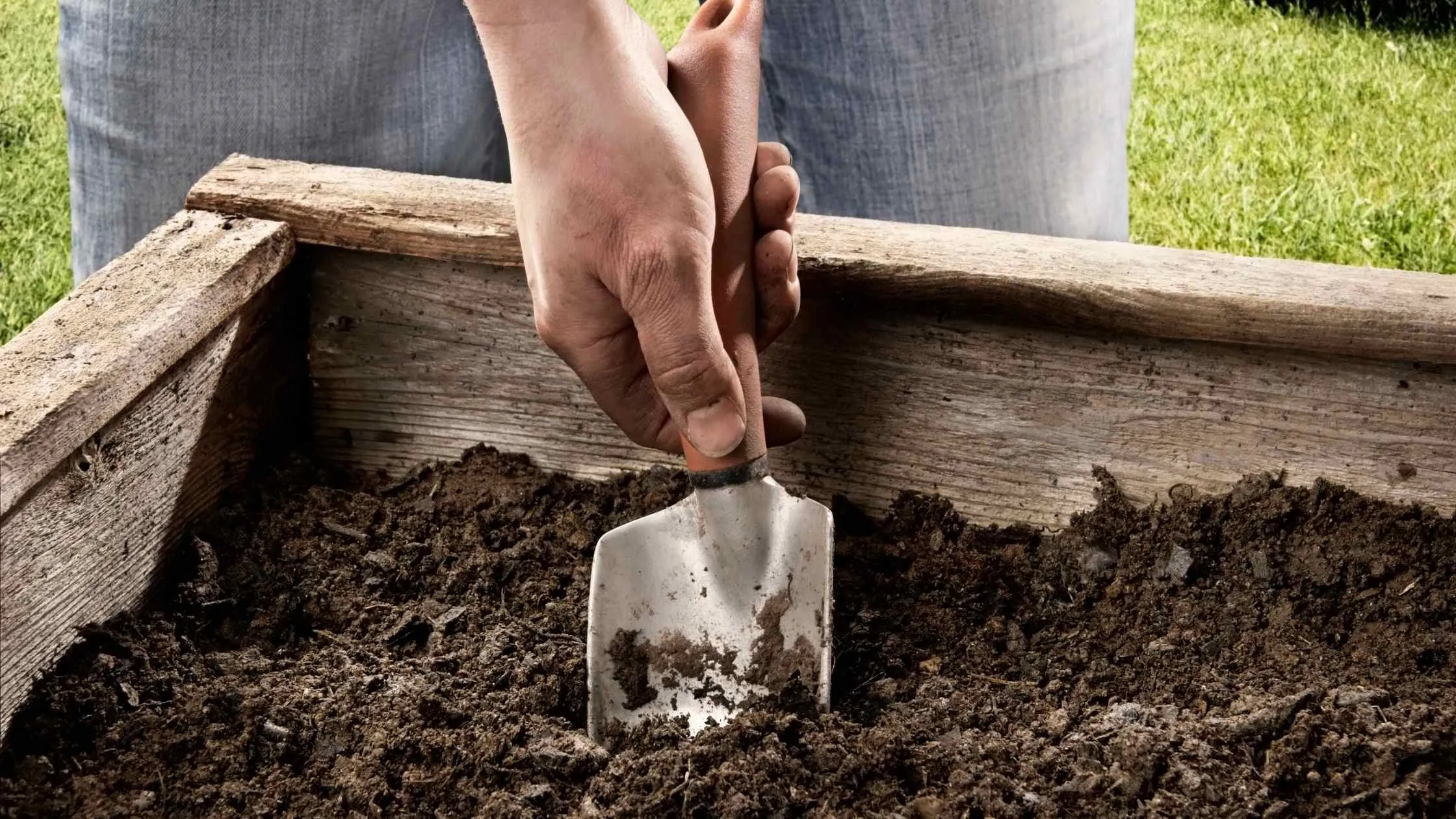
6. Arrange Plants By Height
Plants should be arranged in a raised garden bed according to their height. The tallest ones should be planted in the center, the small plants on the sides, and the root crops on the edges of the raised bed. This arrangement makes it easier to manage the plants.
7. Add Mulch To Retain Moisture
The rich and lightweight soil of a raised garden is ideal for healthy root growth but it can dry out quickly. Therefore, you should spread the layer of mulch over the soil to keep it cool and prevent evaporation. Adding mulch also prevents weed seeds from sprouting. For the best result, spread the mulch in an even 2-inch layer and press it lightly.
8. Water Plants
Raised bed plants should be watered at their base. Therefore, you should avoid the use of sprinklers or a sprayer. Instead, use a soaker hose or install a drip system for watering these plants.
9. Feed Regularly
The plants growing in raised beds have a strong and wider root system that quickly absorbs the nutrients from the soil. Therefore you should add a granular organic garden fertilizer specific to vegetables. Follow the recommended amount written on the pack of fertilizer and apply it once every 3 three months. Also you can add compost. Compost provides many of the organic elements needed in the soil for plant health.
10. Plan Ahead For The Next Season
In the middle of the summer, you need to prepare for the fall harvest and also overwintering. For this purpose, you should add organic nutrients and condition the soil during winter. It makes your raised bed almost ready for planting in the coming season.
11. Tend And Harvest Regularly
It is a well-known fact that tending and regular harvesting give rise to more crops. The regular harvesting of raised beds helps to enjoy quality produce and also prevents the loss and deterioration of crops.
Final Words
Raised garden beds are ideal for a small garden. If you love gardening but you don’t have enough space or you don’t want to bend a lot for your plants, you can try growing in raised garden beds.

